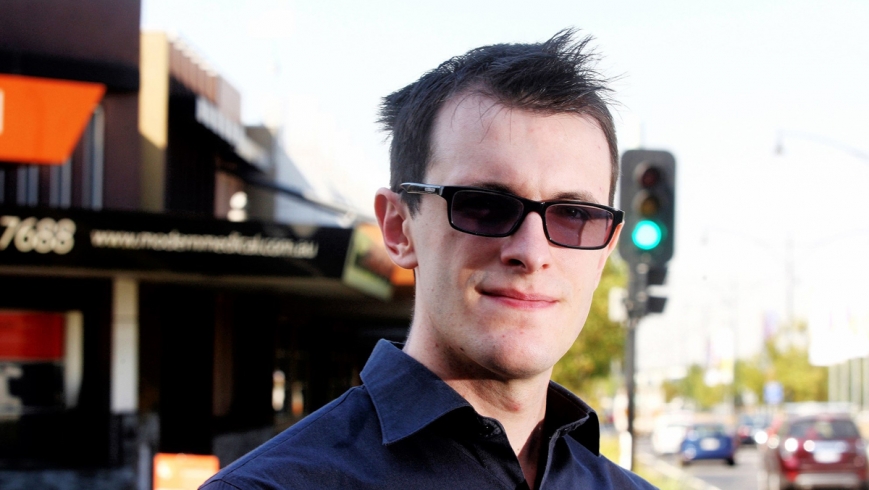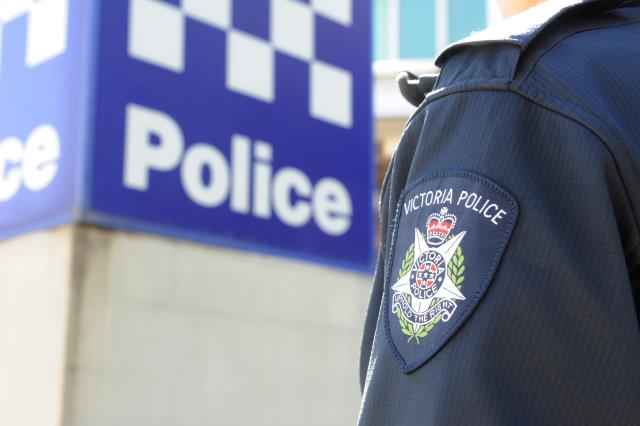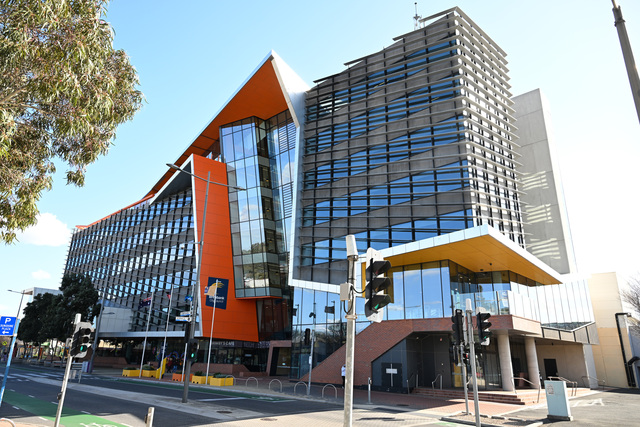THE state government is under attack for failing growth areas,
with a new report revealing it has no strategy for addressing
infrastructure gaps in Melbourne’s outer suburbs.
Auditor-General John Doyle’s report into transport infrastructure
and services in growth areas, which was released last Wednesday, found
that public transport and roads in areas such as Melton, Hume and
Wyndham have been inadequately funded by successive state governments.
The report said funding to address transport in growth areas often took “more than a generation to materialise”.
Mr Doyle’s report found that $10 billion was required to address
the immediate infrastructure backlog, but that there was “no clear
statewide strategy for addressing the long-standing backlog of transport
infrastructure for established growth areas”.
He also found there was no guarantee the backlog would be
addressed, given the government’s limited roads and public transport
funding.
The report found almost 30 per cent of Caroline Springs residents
were more than 400 metres from a public transport stop. Figures for
Hillside and Burnside were 26 per cent and 8 per cent respectively.
Caroline Springs and Hillside were identified as two “major
growth” suburbs within Melbourne’s seven growth areas. The population of
Melton City is projected to increase from about 113,000 in 2011 to
225,8000 by 2031.
The report criticised Public Transport Victoria, VicRoads and the Growth Areas Authority (GAA) for failing to plan properly.
Mr Doyle called for transport projects to be funded on a needs basis.
GAA chief operating officer Paul Byrne said the organisation
acknowledged the recommendations and had already begun working to
address the key issues raised in the report.
Transport Minister Terry Mulder blamed the former Labor government
for the shortage of transport infrastructure and said the government
was ‘‘addressing this massive backlog”.
Asked how the government would ensure the infrastructure backlog
in growth areas was addressed, Mr Mulder would only say the government
was on track to deliver a “comprehensive reform agenda which would
bolster the way infrastructure and services were provided in Melbourne’s
growth areas”.







